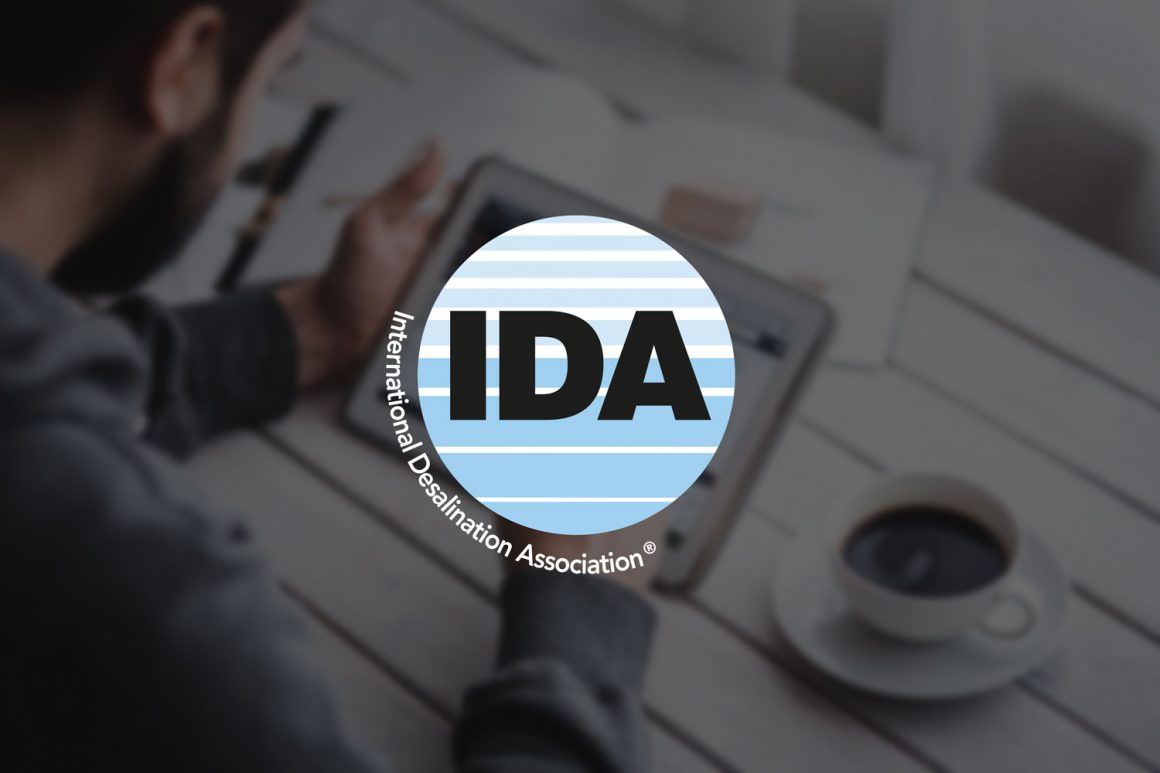GLOBAL DESALINATION MARKET CONTINUES TO GROW, ADDING 4.2 MILLION CUBIC METERS PER DAY IN CONTRACTED CAPACITY
International Desalination and Reuse Association and Global Water Intelligence Release New Data in 30th Worldwide Desalting Inventory
TOPSFIELD, MA, USA and OXFORD, UK, October 9, 2017 – According to new data released by the International Desalination and Reuse Association (IDRA) and Global Water Intelligence, the global desalination market continues to grow, marking the fourth year of continued growth following a slowdown in the mid-2000s.
Highlights of the 30th Worldwide Desalting Inventory, published by GWI DesalData in association with the IDRA follow. Please note that data is reported as of June 30 of each year.
Desalination Capacity
Cumulative global contracted capacity, including plants that have been contracted or are under construction, reached 99.8 million cubic meters per day (m3/d) in 2017, up from 95.6 million cubic meters per day in 2016. This growth was seen in both the utility sector―primarily due to new awards in the Gulf, and the industrial sector, where stabilization of oil and gas prices has led to new upstream and downstream projects.
The cumulative global installed (online) capacity is now 92.5 million m3/d. This compares with 88.6 million m3/d in 2016.
The total number of desalination plants worldwide across all categories stands at 19,372 (2017) versus 18,983 (2016).
Major Feedwater Types
Desalination of seawater and brackish water are the two major types of desalination projects. Seawater desalination experienced its largest increase since 2014, driven largely by growth in the utility market in the Gulf, which is likely to retain the largest share of contracted seawater capacity for the foreseeable future. However, significant awards for seawater desalination plants were also made in China, Singapore and Morocco during the past year.
Desalination of brackish water is also growing, with an increase of 29% in contracted capacity for the first half of 2017. The typical brackish water desalination plant is for smaller utilities and industrial users. China accounted for a large portion of growth in these plants, especially during the second half of 2016.
Geographic Trends
Large-scale projects around the Red Sea and Gulf account for much of the current recovery in the desalination market. However, the nature of these projects (most are large-scale) means that this region experiences highly variable swings in contracted capacity. A steadier source of contracts can be found in the Asia-Pacific region, where industrial projects dominate the reference list. At the half-way point in 2017, these two regions were almost equal in contracted capacity.
Utility versus Industrial Users
Both utility and industrial projects saw double-digit increase in capacity for the full year of 2016, driven by awards for industrial users in the latter part of the year. For the first half of 2017, new utility capacity is down while industrial capacity has increased, due to the volume and size of utility awards in the Gulf during the first half of 2016 and the presence of several extra-large references for refining and petrochemical customers in the first half of 2017. A closer look at the industrial sector reveals many interesting developments in the upstream oil and gas industry including several projects that may point to the future shape of the market in the offshore oil industry.
Technology Type
Membrane technologies continue to dominate the desalination market. For example, in 2017 membrane technology accounted for 2.2 million m3/d of annual contracted capacity while thermal processes accounted for just 0.1 million m3/d during the same period.
Copies of the 2017 – 2018 IDRA Desalination Yearbook are available free to IDRA members or can be purchased directly from IDRA or Global Water Intelligence. For more details about IDRA membership, or to purchase copies of the Yearbook, contact IDRA at membership@idadesal.org. Copies may also be purchased by emailing Global Water Intelligence at ggaete@globalwaterintel.com.
About IDRA
The International Desalination and Reuse Association (www.idadesal.org) is the point of connection for the global desalination and water reuse community. A non-profit association, IDRA serves more than 2,600 core members in 60 countries and reaches an additional 4,000 affiliate members. Its membership comprises scientists, end-users, engineers, consultants and researchers from governments, corporations and academia. IDRA is associated with the United Nations as part of a growing international network of nongovernmental organizations (NGOs).
About Global Water Intelligence (GWI)
Global Water Intelligence (www.globalwaterintel.com/) is a monthly journal providing analysis and strategic data on the international water market. The publication boasts a network of specialist water and financial journalists, based in-country with access to exclusive regional data. GWI has established itself as the market-leading publication for developers, suppliers, financiers, governments, utilities and municipalities seeking information and analysis on water projects with an element of private sector participation. GWI also publishes a number of industry-renowned market research reports and host several international water events annually.

